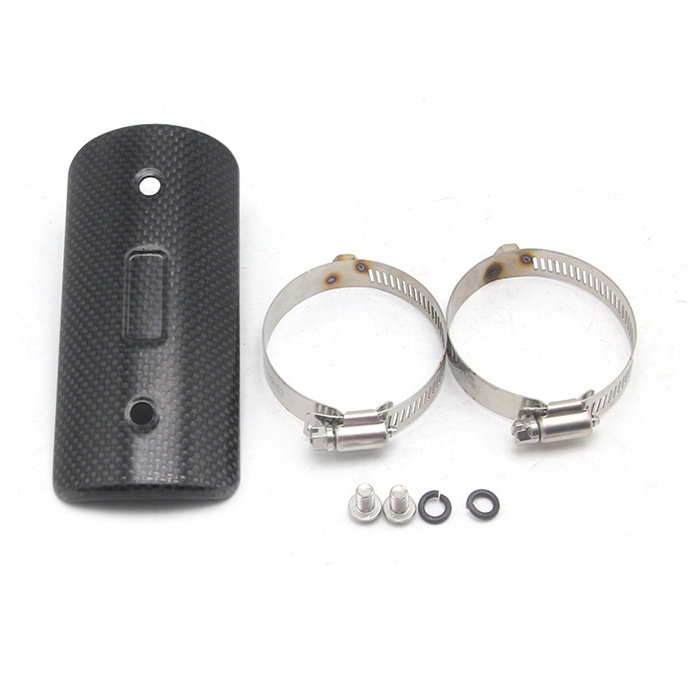For both performance and aesthetics, it’s important that you choose the right Motorcycle Fender. To make the best choice can be tough given that there are different materials, designs, sizes and installation methods available. This guide aims at highlighting significant factors to consider when selecting motorcycle fenders as a way of enabling customers make informed decisions.
The material used in making fenders affects its performance, durability and appearance greatly. The following are some common materials:
Carbon Fiber: Sport bikes and racing machines are made from carbon fiber because it is light-weighted and stronger. It has excellent resistance to impact damage and corrosion thereby improving its performance and extending its life span. It also gives the bike an elegant modern appearance.
Steel: Steel fenders offer great protection while being durable enough for longer usage periods. These types are mostly found on cruiser bikes or touring motorcycles. They may be heavy but steel fenders do not easily get damaged hence easy to repair.
Aluminum: Aluminum-made fenders are light in weight and rust proof meaning they can be fitted into any kind of motorbike like touring, adventure etc. Aluminum is lighter than steel but still has high strength thus being more durable.
Plastic: Plastic fenders are affordable and lightweight compared to metal ones. They’re commonly employed on off-road or adventure bikes due to their flexibility against impacts. However plastic maybe less durable compared with metals or carbon fiber.

Designing of a fender determines how well it works regarding functionality as well as beauty of a bike which should be considered on the following aspects;
Full-Length vs Shorty – Full-length covers much more area protecting from debris making them good for commuting or touring purposes whereas shorter ones provide sportier look preferred by custom builders or sport-bikers in general.
Integrated Features – The presence of accessories such as LED lights built-in during fender manufacturing can help in enhancing the performance and convenience of your motorbike.
Aesthetic Appeal – A good design would match well with entire look of your bike. Just like a personal touch, individual branding is possible while stock designs won’t compromise manufacturer’s appearance.
The size of the fender must be correct for your motorcycle specifications. The main considerations include:
Wheel Size – Ensure that the fender can fit into your wheel size for example 17” or 19”. The fender should cover down enough to protect but not interfere with the tire.
Width- Find out whether the width of the fender is equal to your tire’s width. Ill fitting fenders will lower protection levels and affect how the bike operates on road.
Length – The length determines how much coverage there will be by a particular model of mudguard. Full-length ones cover more debris from roads unlike sportier looking shorter types.
The installation process varies depending on which type you have chosen as well as kind of motorcycle thus;
Bolt-On – Such type of fenders are easy to install since they do not require much modification even though some bolts may already be present on your bike frame. It suits most riders without causing any complexities.
Custom Fit: Custom fit mudguards sometimes need additional mounting hardware or drilling when they are being fixed hence this should be noted. These are common in custom builds and requires professional installer.
Clip-On: Some off-road models have easily removable and washable clip-on mudguards. This feature makes them very convenient for use especially where lots of dirt or mud is involved because it keeps slush at bay.
The right motorcycle fender can be chosen by taking into account various elements such as material, design, size, and how it is installed. Carbon fiber offers light weight for sport bikes while steel is long lasting for cruisers; aluminum on the other hand is a combination of lighter weight and resistance to corrosion while plastic provides some flexibility mainly used in off-road motorbikes. Design preferences must always match your bike’s looks and fulfill its purpose, size guarantees best fitting during installation. Evaluating these things allows consumers to decide which types of fenders will improve their motorcycles’ performance levels as well as safety and aesthetics hence making riding more enjoyable.